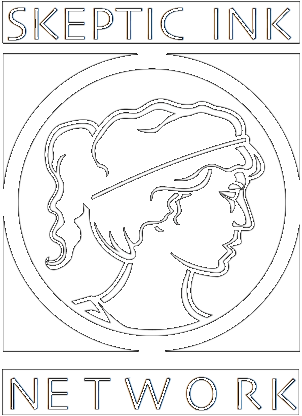(Submitted by blog reader Chuck Colht)
A few years (2009?) ago, one of my daughters gave me a mix cd for my birthday. I had just bought a(nother) sports car and she found a bunch of driving songs from the ’60s to current. It stayed in my cd player but I didn’t listen too often because I generally had the top down and preferred the sound of the wind.
Anyway, this cd moved from car to car as I changed up but got little play. In 2012, I went to the theater to meet my kids and grand kids to see Wreck-It Ralph. On the way, because I left my iPod at home, I fired up the cd and found track 6: Rhianna’s “Shut up and Drive.” I’m more into grunge but I love this song and couldn’t believe I hadn’t noticed it before.
Now for the coincidence. At one point in the movie Vanellope starts racing around a track to what song? “Shut up and Drive.” So the first time I notice a song that’s been at my disposal for 3 years is the day I hear it on the big screen.
Pretty cool no?
Below are the extended notes provided by cognitive psychologist and statistician Barbara Drescher for use in Skepticality Episode 226. Take a look and leave your comments below. Also, please be sure to listen to the podcast for our own sarcastic and hilarious commentary. Also, visit Barbara’s blog.
At least a third of the stories submitted to TOMBC involve incidents which are not statistically interesting, but demonstrate the human brain’s amazing ability to make connections. Humans begin making associations the day we are born, connecting dots wherever we can. This process allows us to predict the world around us. Prediction, in turn, allows us to avoid dangers and plan for the future. It is also the first step in understanding cause and effect, which may allow us to control things in the world. So, it shouldn’t be surprising that we often ascribe deeper meaning to the connections we’ve made.
The author of this story demonstrates the power of attention. The fact that he rarely played the CD before is not relevant, but because he was surprised to enjoy the song, he noticed when he heard it again a short time later. In psychology, we call this effect “priming”. Priming refers to the tendency for something we see or hear to increase the probability that we will respond to that same thing, or something similar or related to it, when we are exposed to it again.
However, there is no real coincidence here. The song is quite popular, so it shouldn’t be surprising to hear it in a movie such as “Wreck-It Ralph”. The CD was appropriate to the outing, so it also shouldn’t be surprising that a song (or even two) on the CD would overlap with the soundtrack of the movie.

